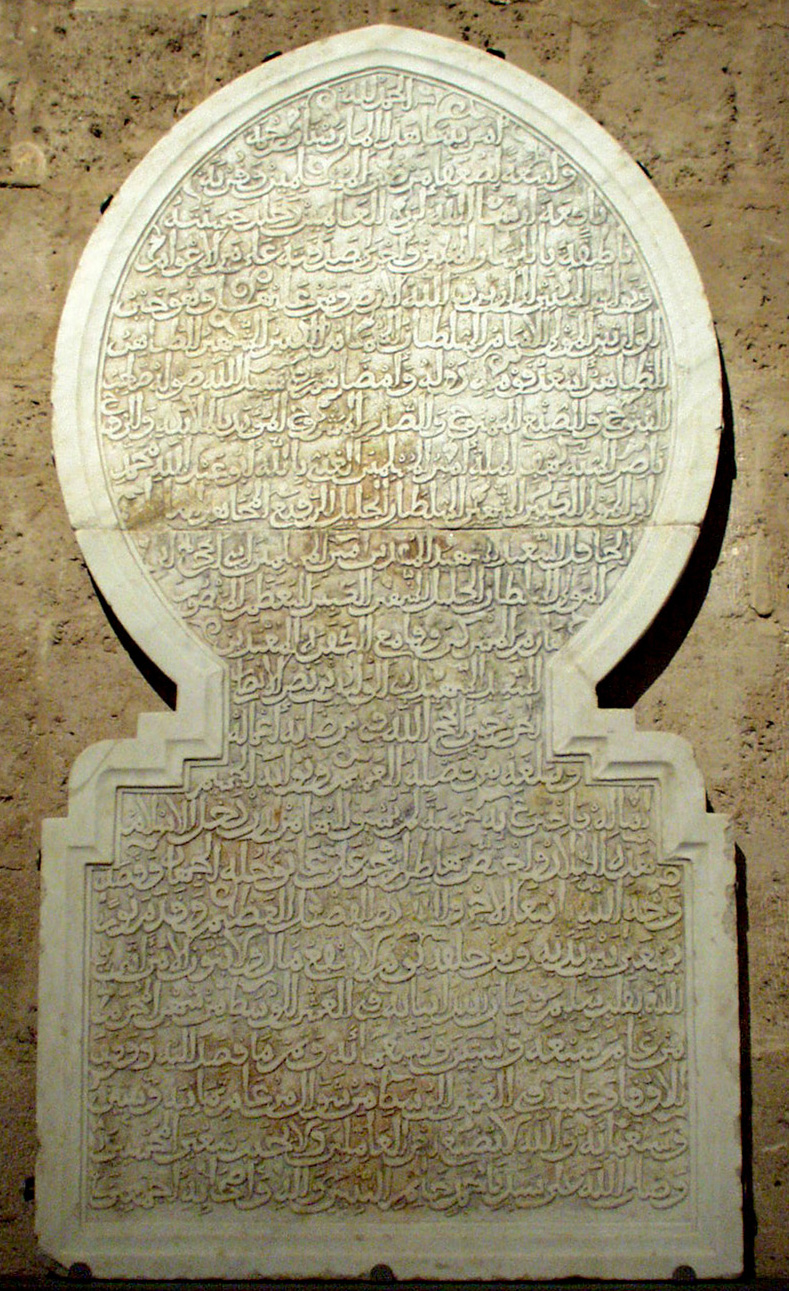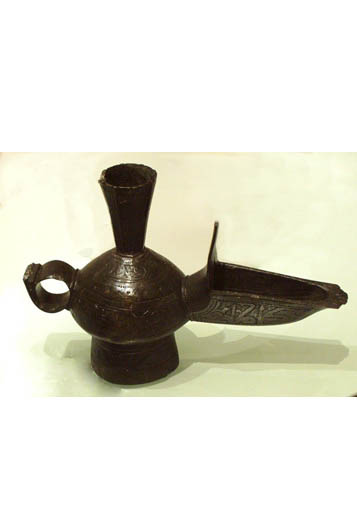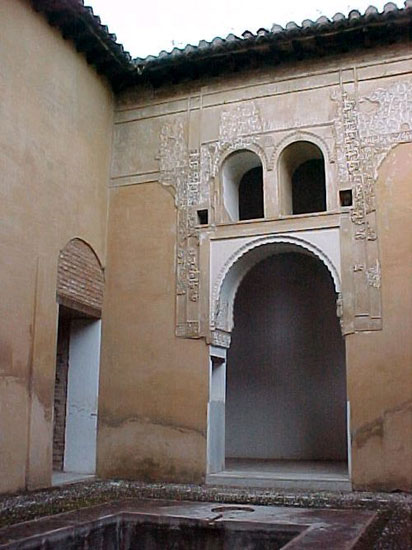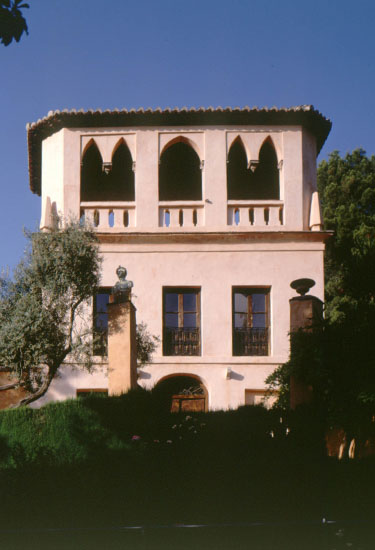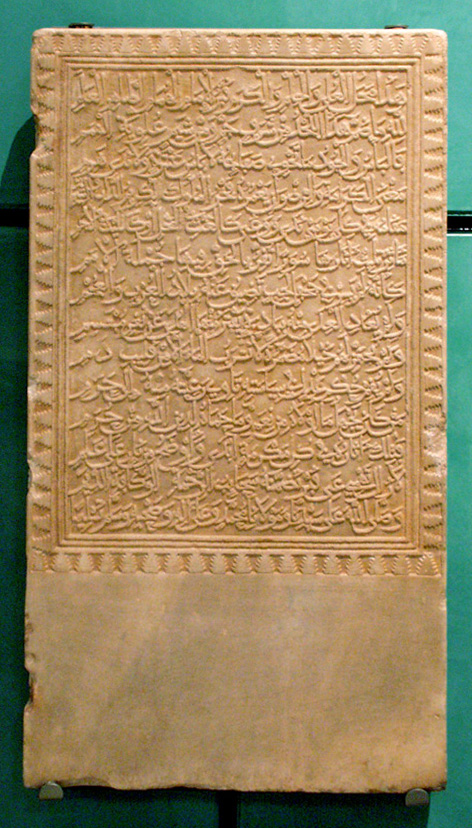Miniature of Plasterwork panels C.19
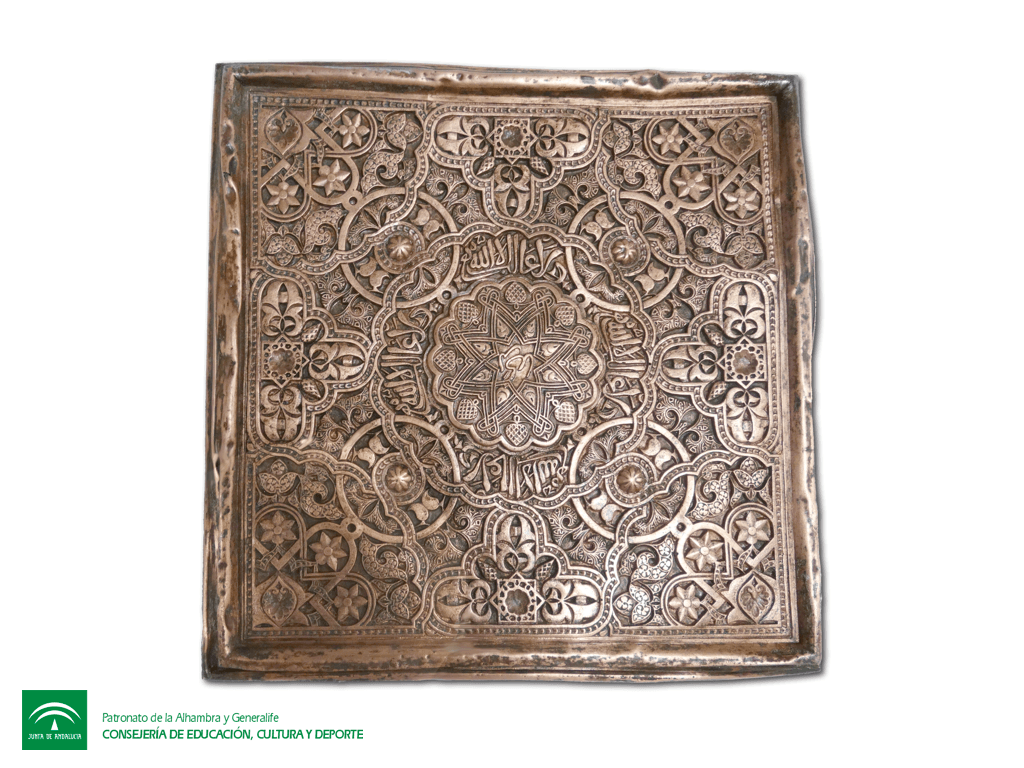
Francisco Javier Serrano Espinosa
Rafael Contreras Muñoz (1824-1890) was one of the best-known figures involved with the Alhambra during the 19th Century. Together with his controversial restoration work, which contributed decisively to the cleaning of the Monument and brought to a halt the general deterioration the Alhambra had been suffering since the mid 18th Century and especially severely since the French invasion by Napoleon, he was also well-known for having one of the most highly regarded, most active plasterwork mould workshops, which disseminated the image of the Alhambra and of its wide decorative repertoire, so helping raise awareness of the need to conserve it.
Contreras was appointed “Restorer-Decorator” of the Royal Alhambra by Royal Order of 23rd November 1847 after presenting to Queen Isabel II two months earlier a scale model of the Great Qubba, also known as the Hall of the Two Sisters. His work went a lot further than the restoration of the palaces, as the moulds produced in his workshop covered not only the monument’s restoration requirements but also the demands of a public who were very keen to own a fragment of the famous palaces. In this way, a market was born that extended far beyond Granada, appearing abroad in the form of painted plasterwork and galvanized metal pieces, luxury items that satisfied aesthetic tastes and became part of the decorative images that sprung from the Alhambra.
The dissemination of these scale models offered a new educational medium for the design schools (like the one founded by Owen Jones which would later grow into the V&A), which together with the writings by the travellers and the photographs by pioneers such as Clifford, Clercq, Beaucorps and Laurent, completed the vision of the Monument beyond Spain’s frontiers and helped encourage the pressure from overseas that helped bring about a large number of the 19th Century restorations. The models themselves became a means of disseminating the image of Spain in the many Universal Exhibitions at which they were presented, helping to spread the aesthetic style known as Alhambrism.





 Contact
Contact






